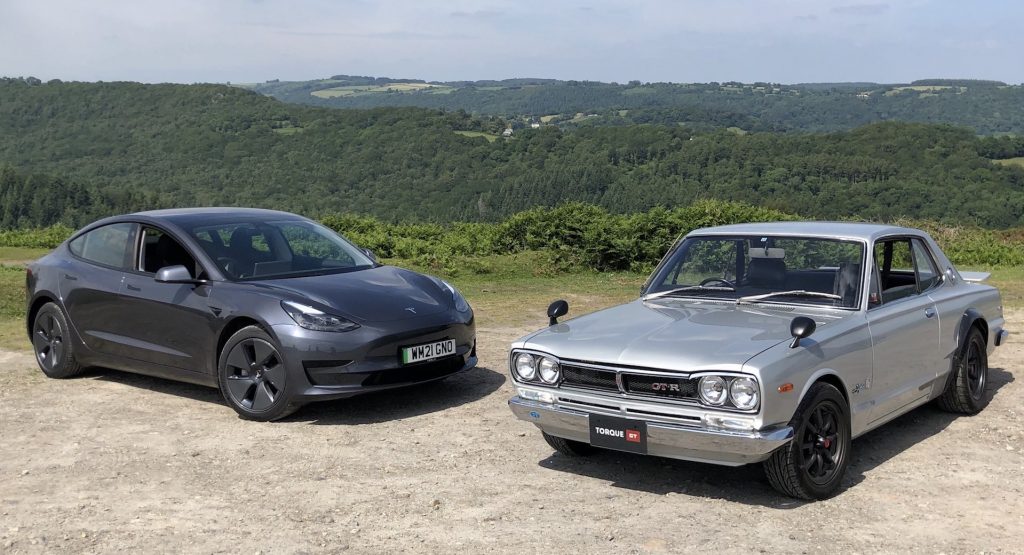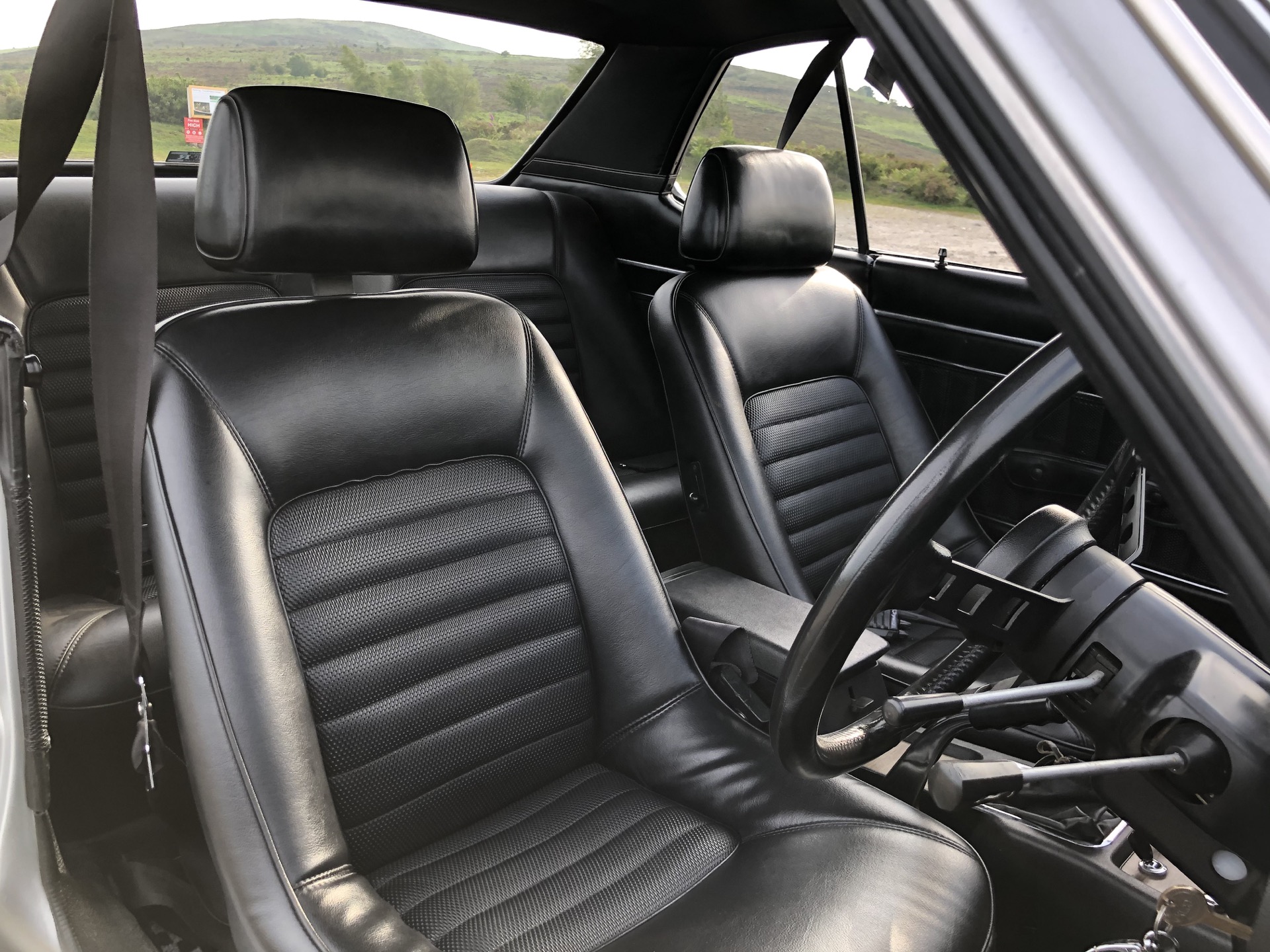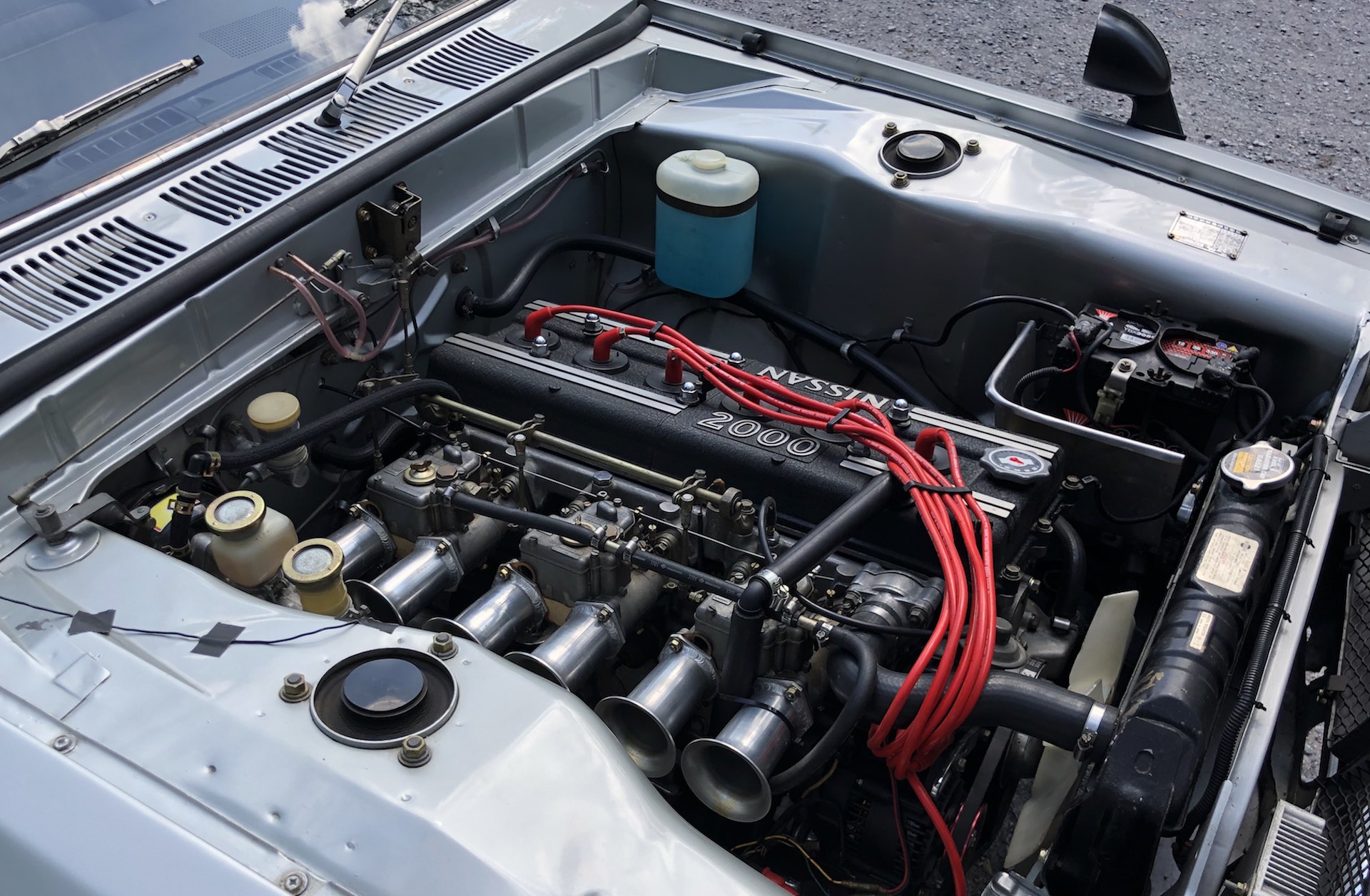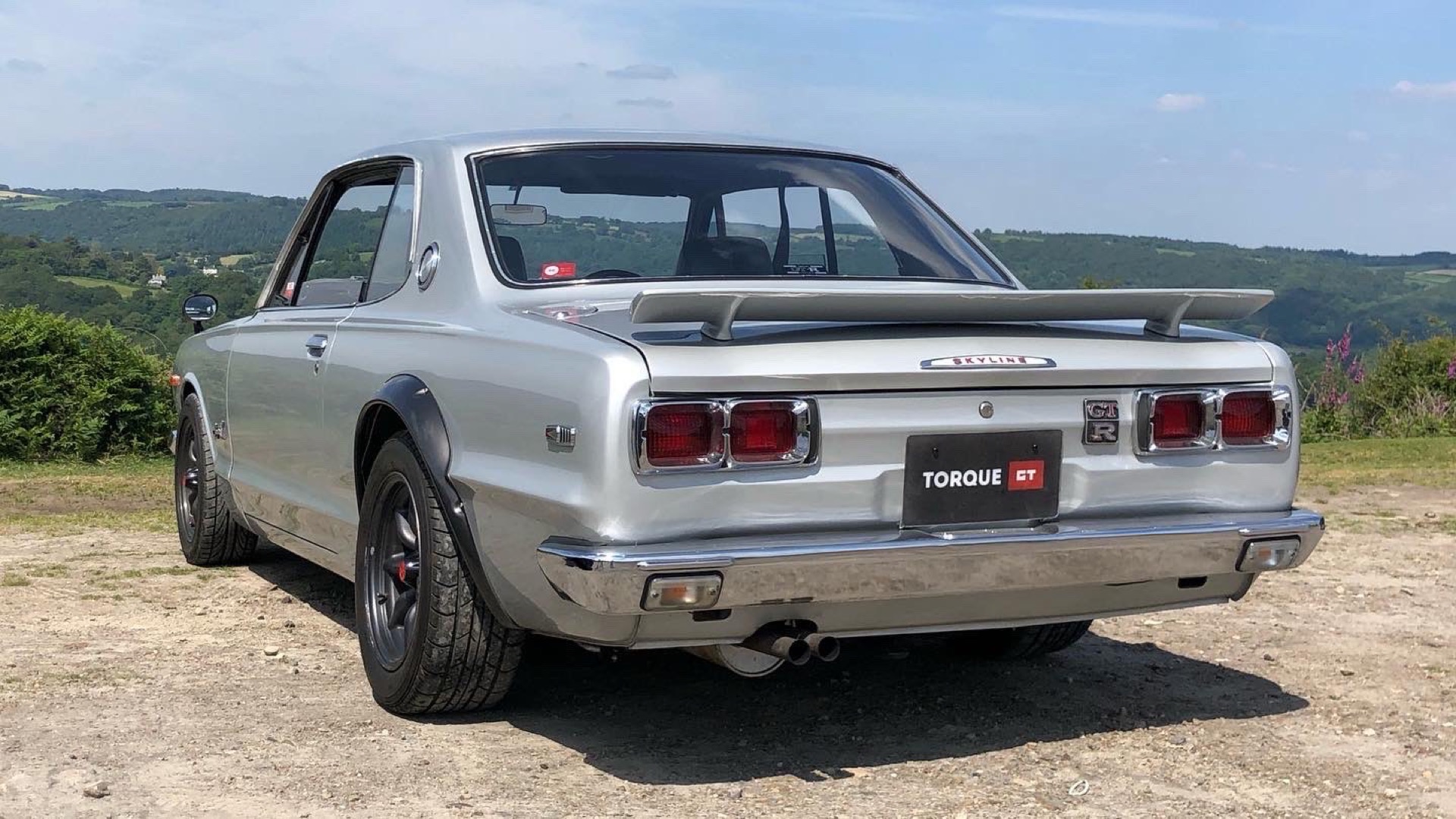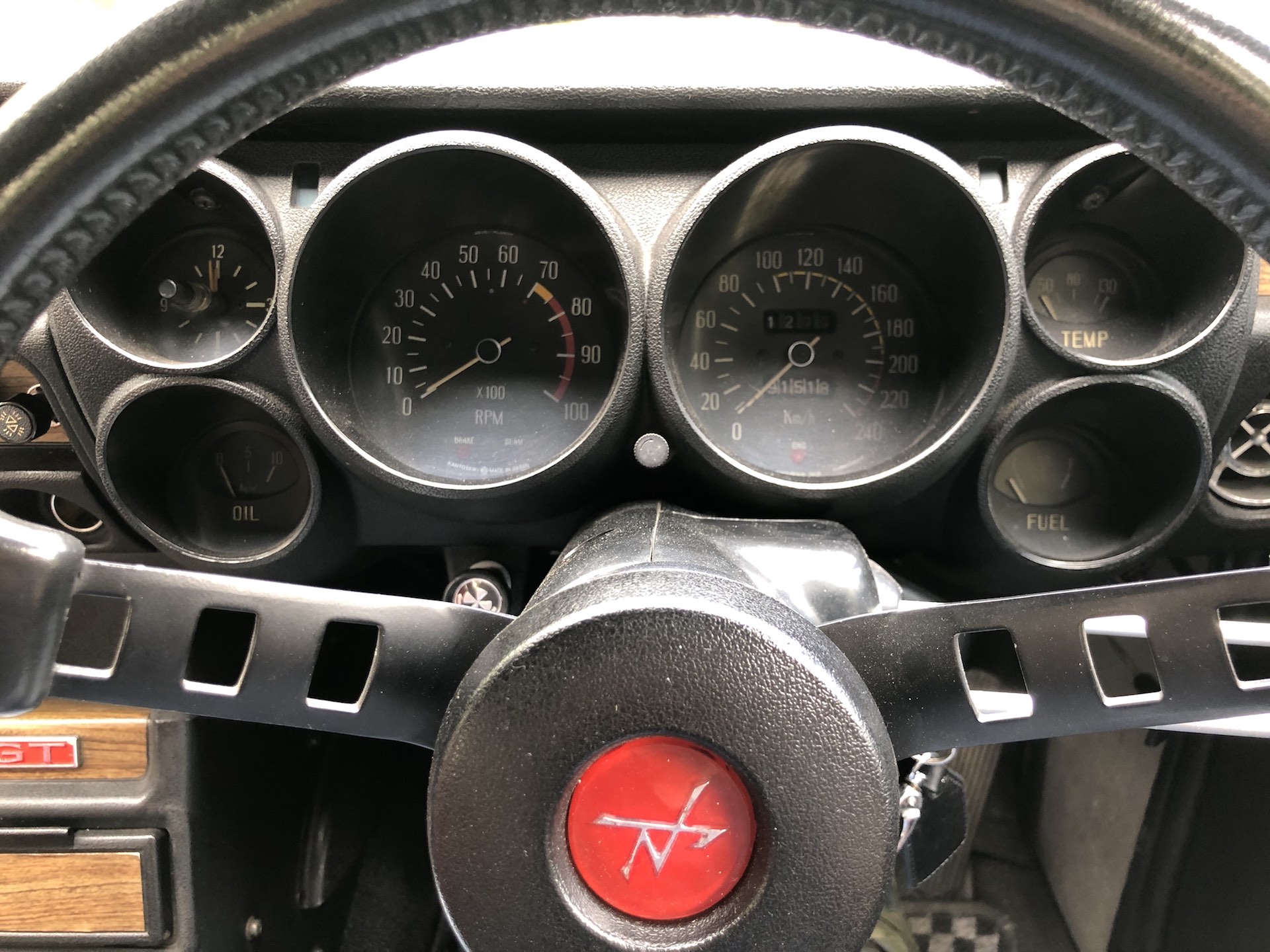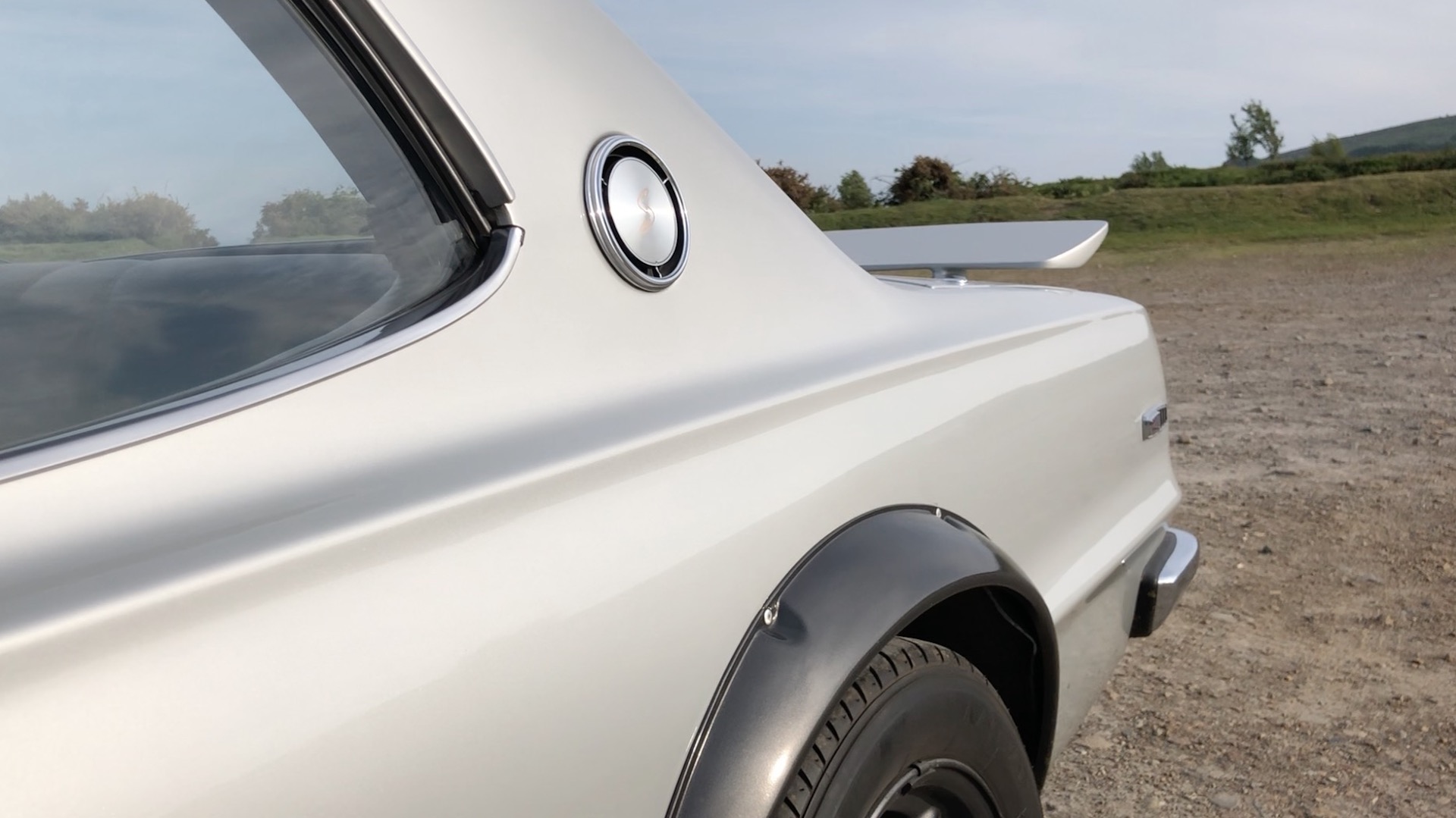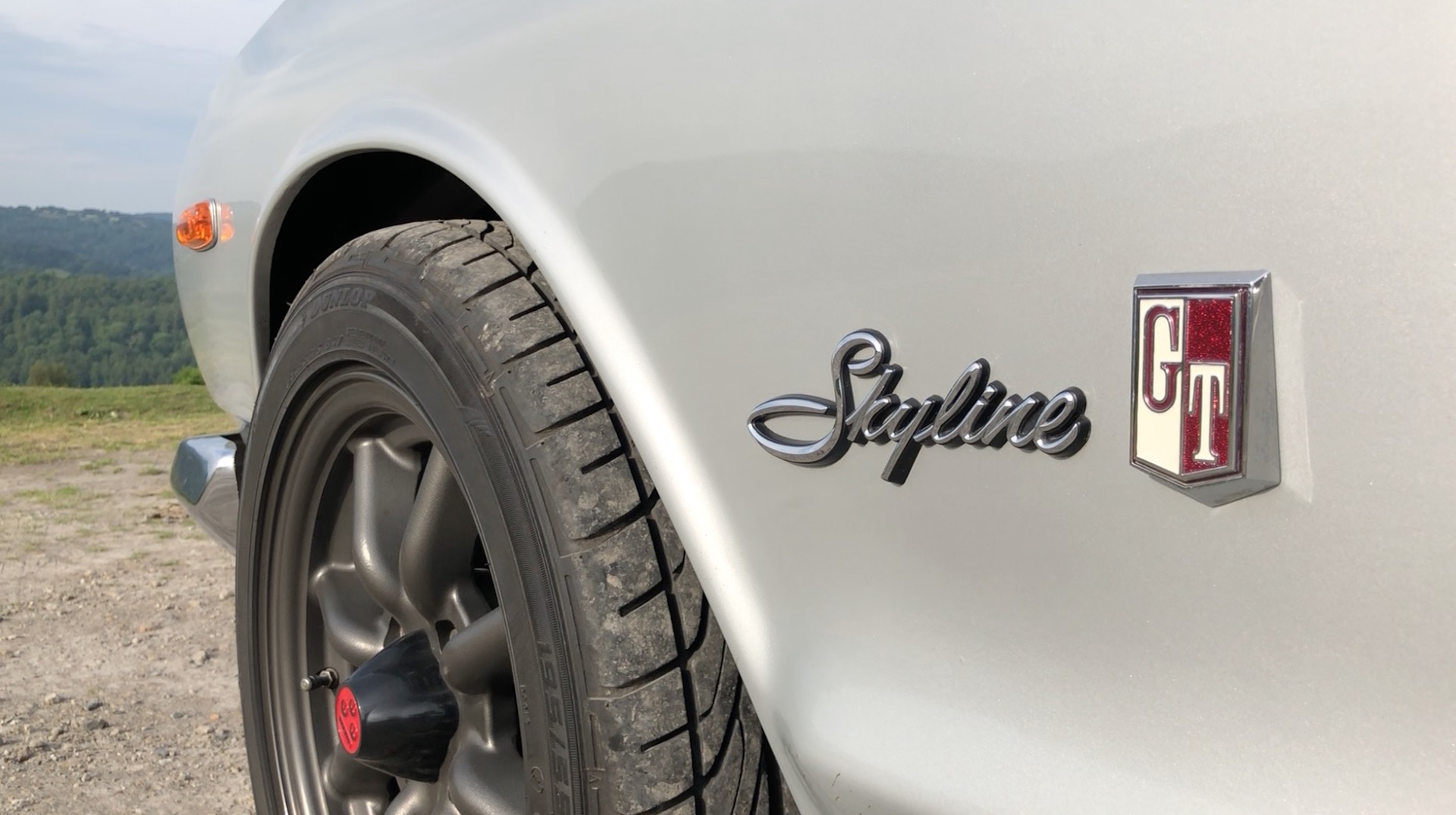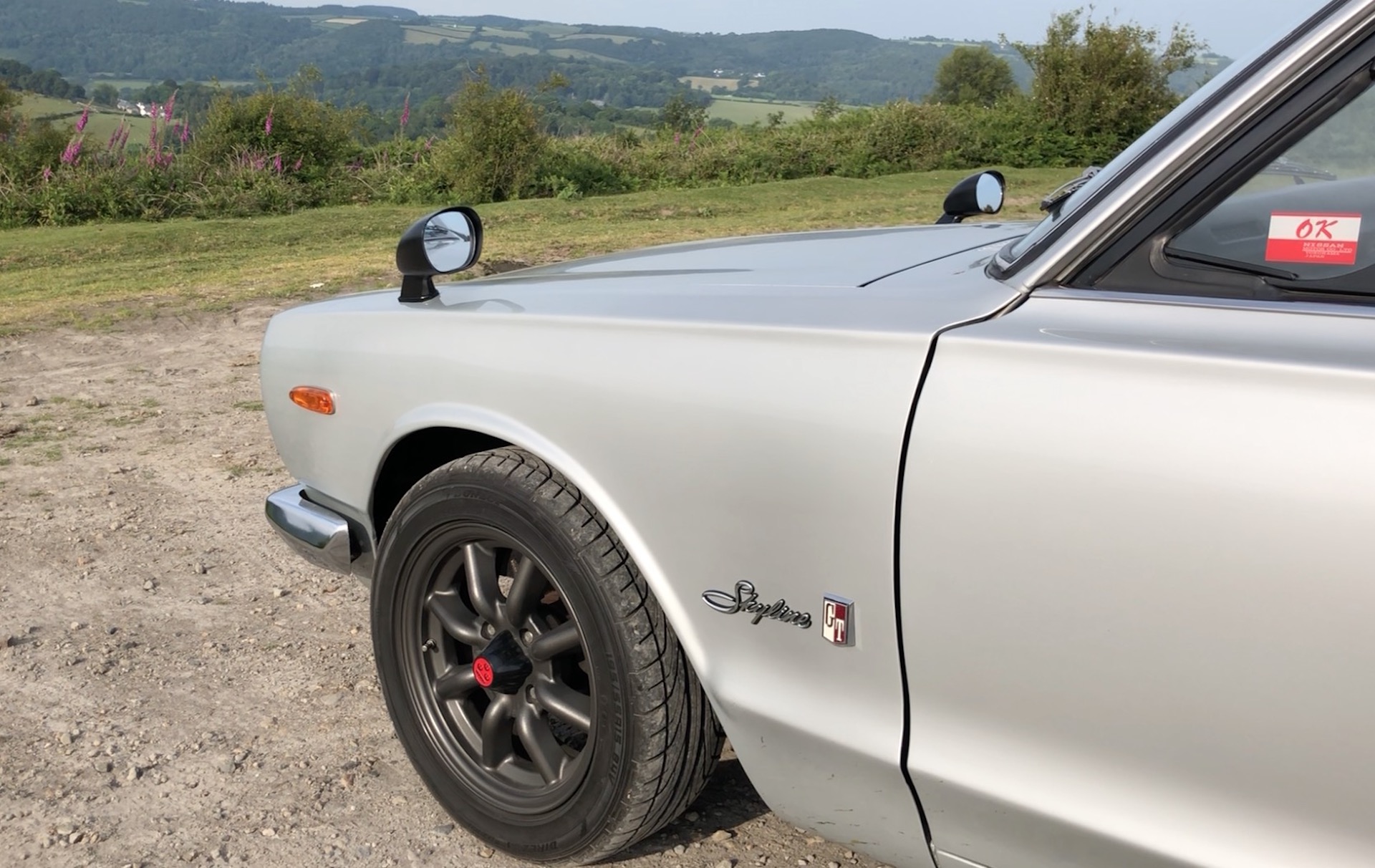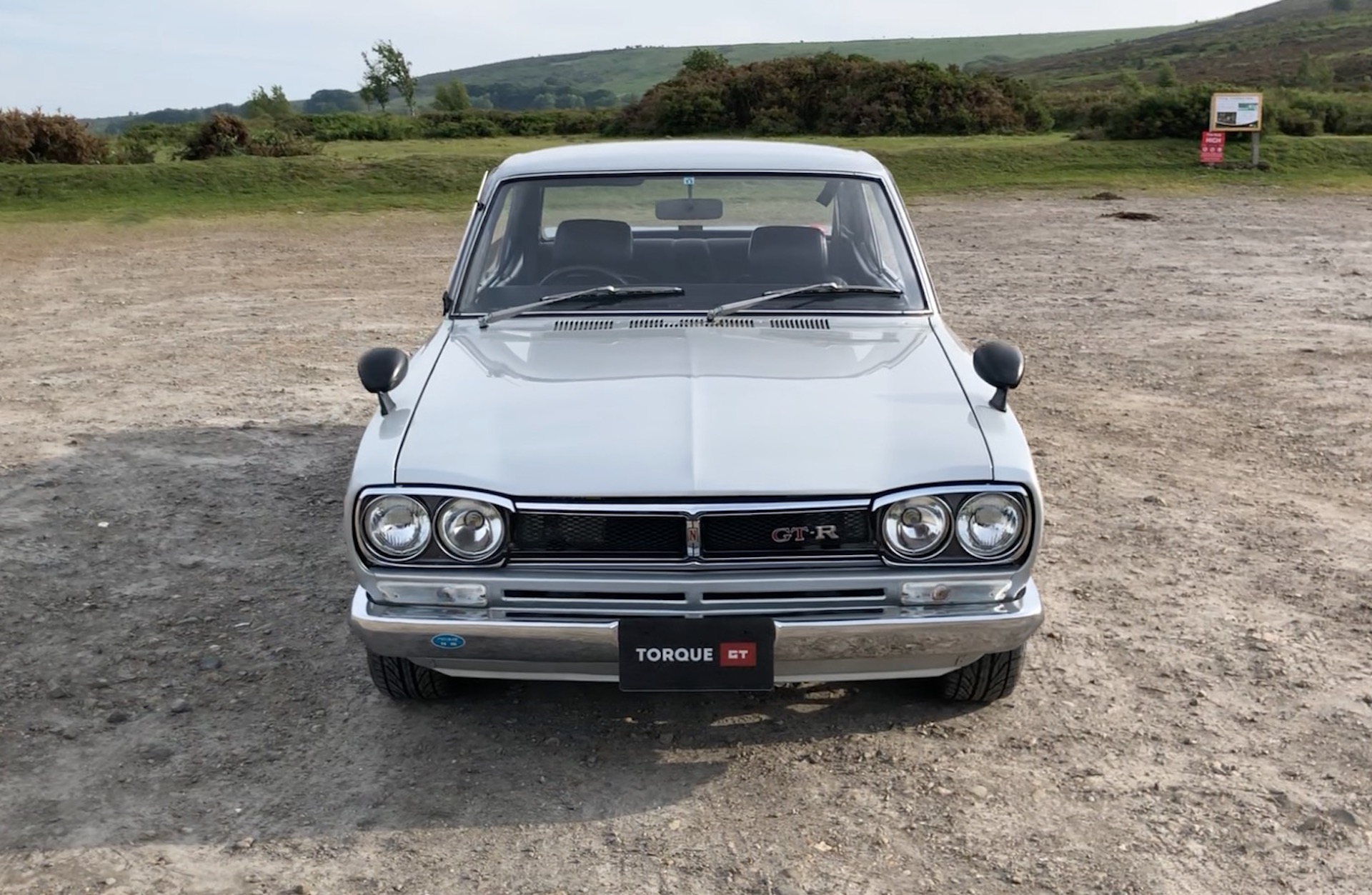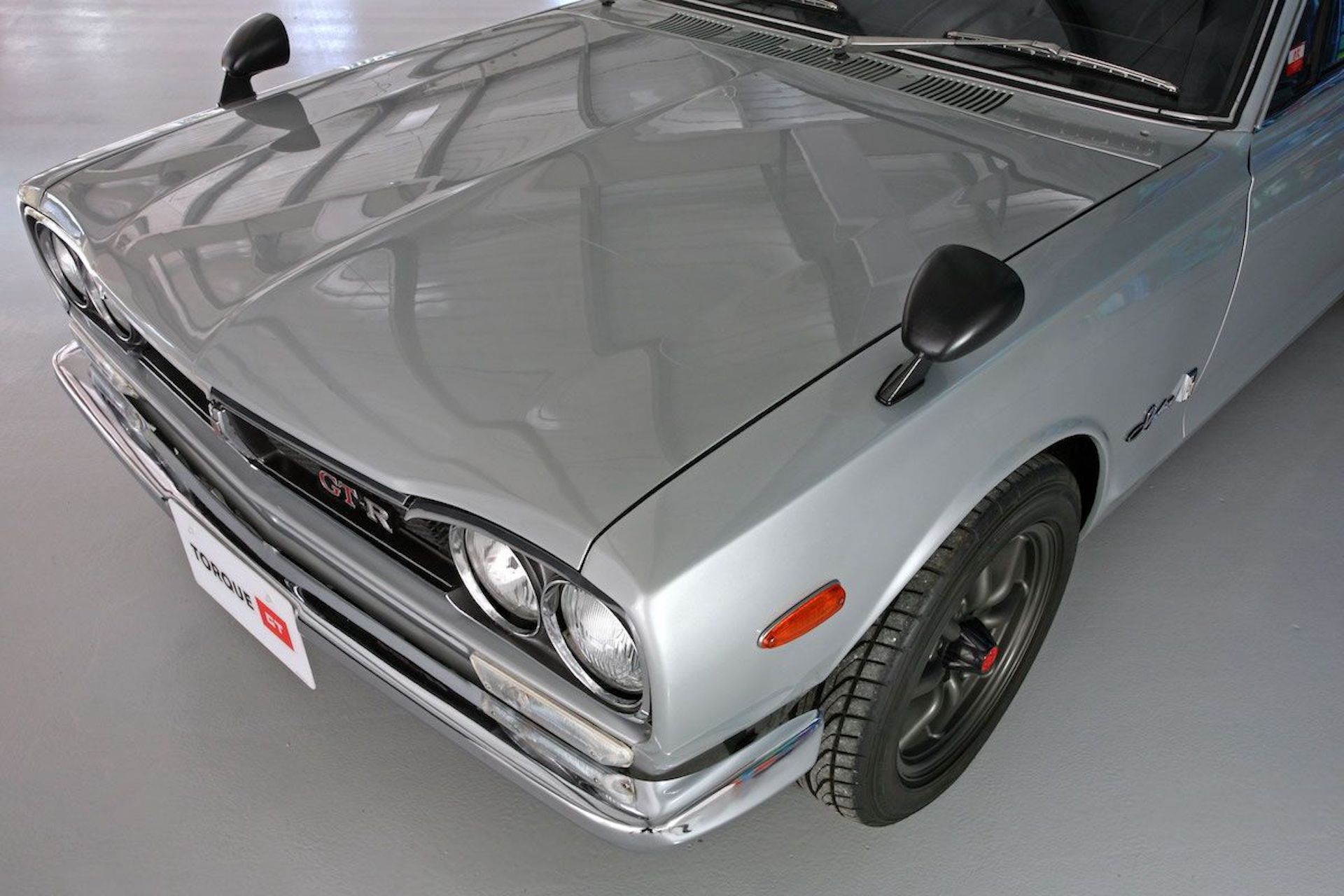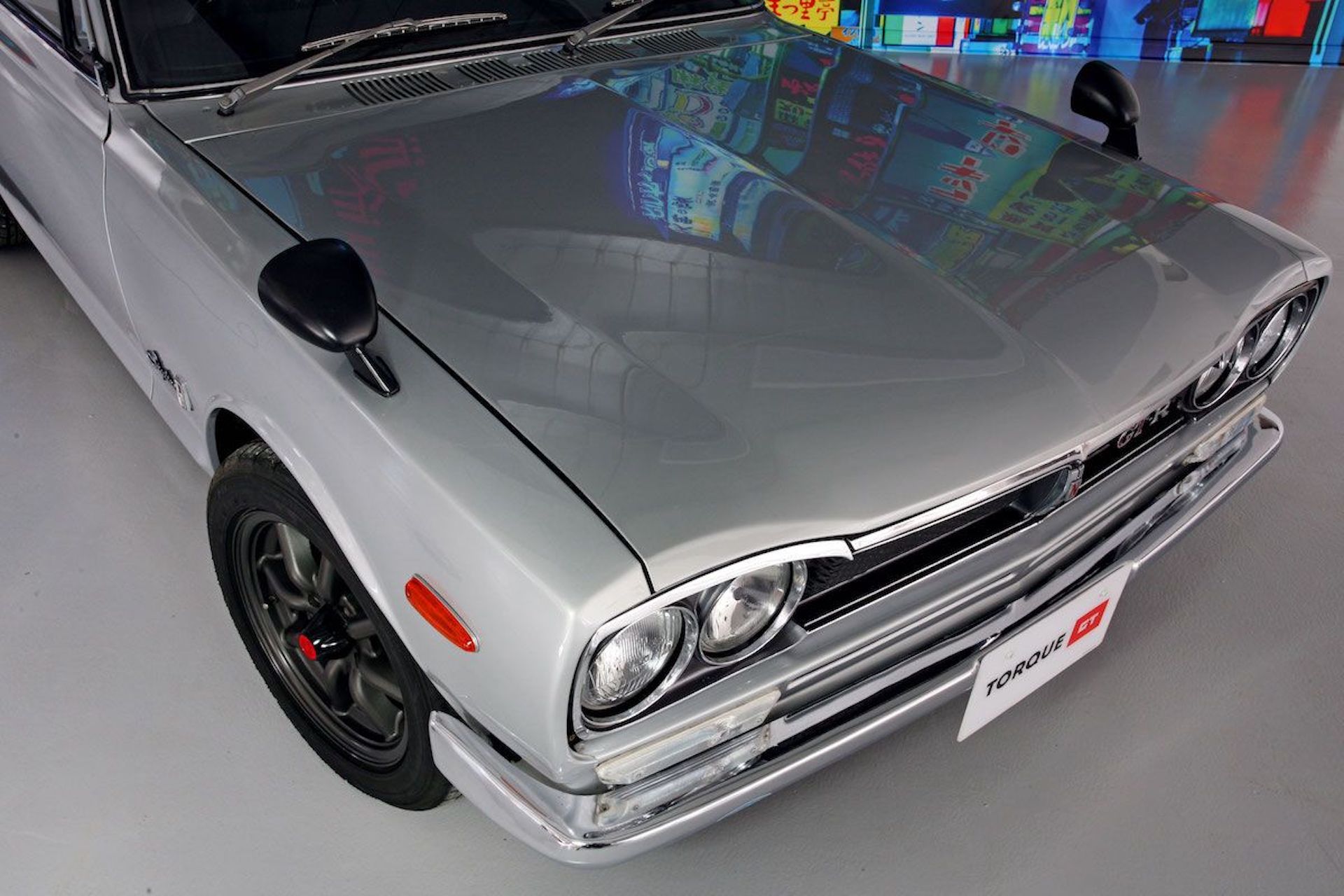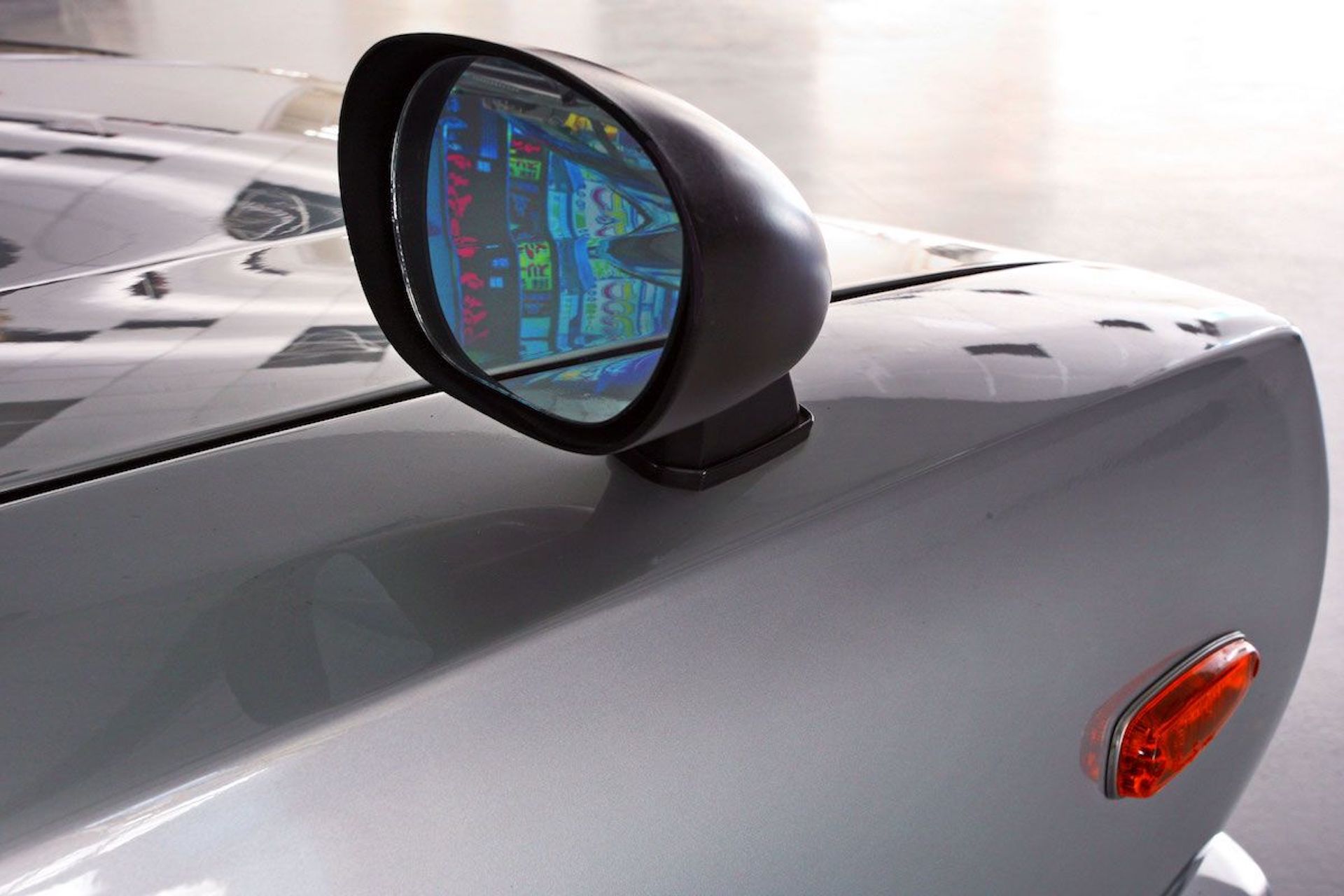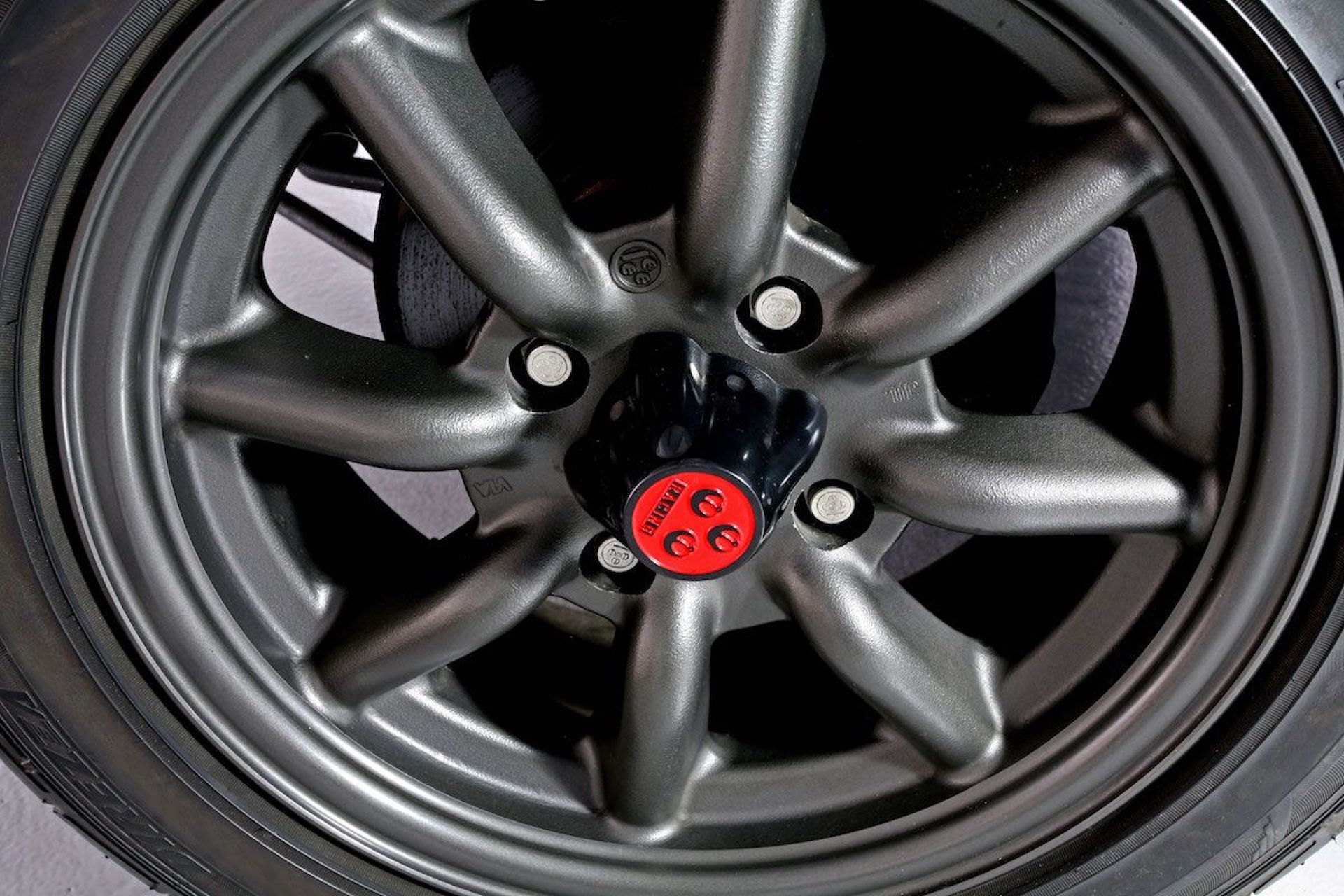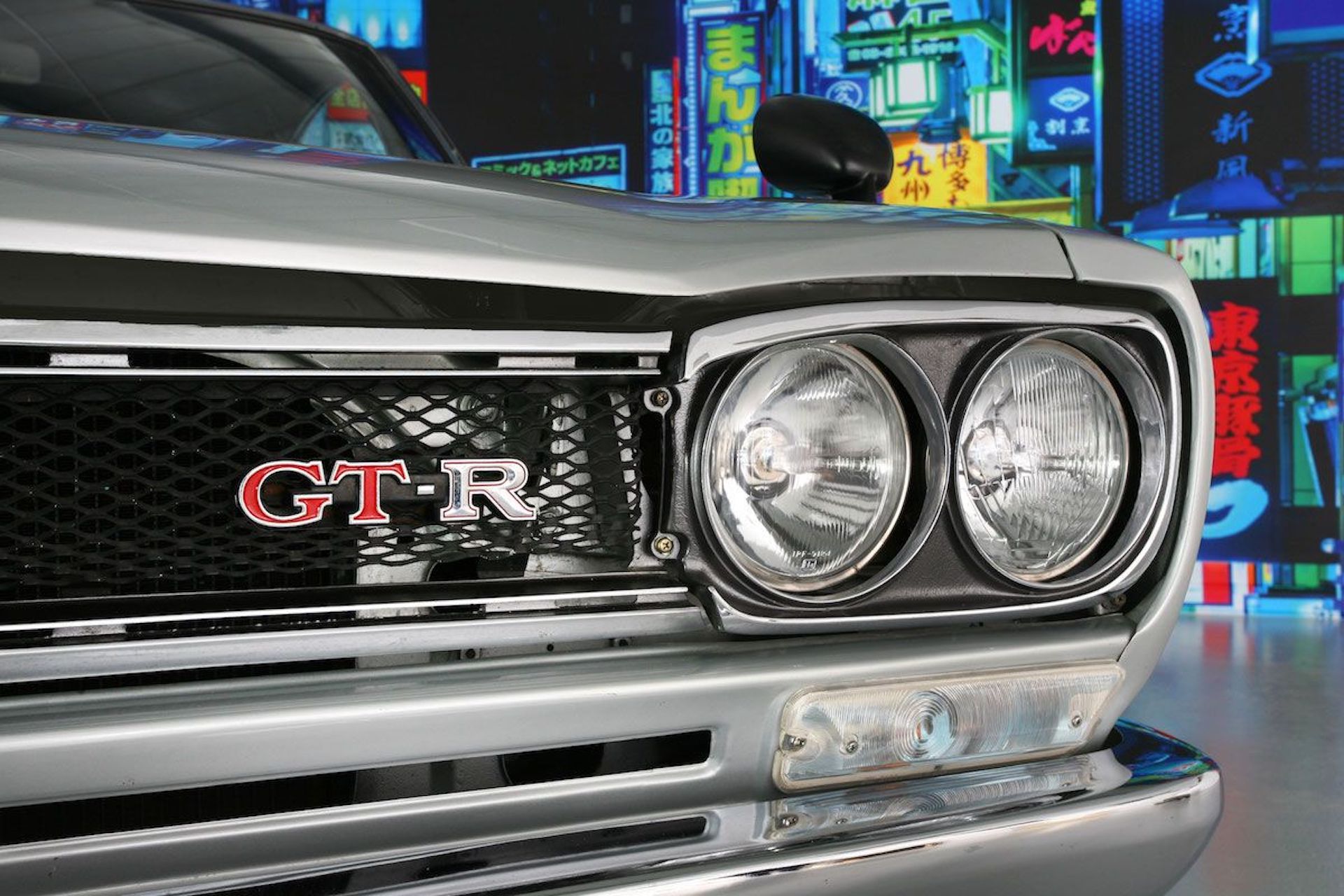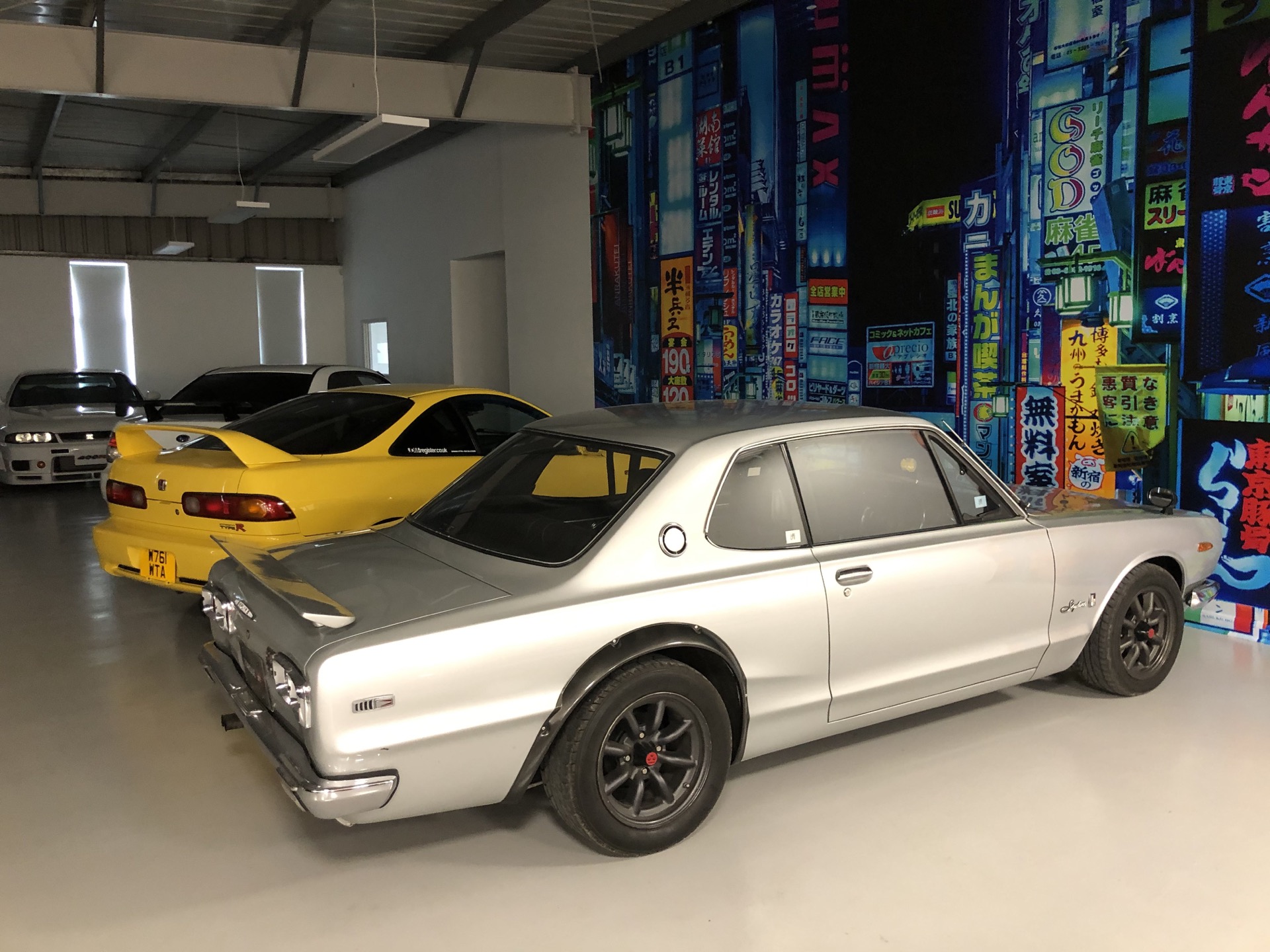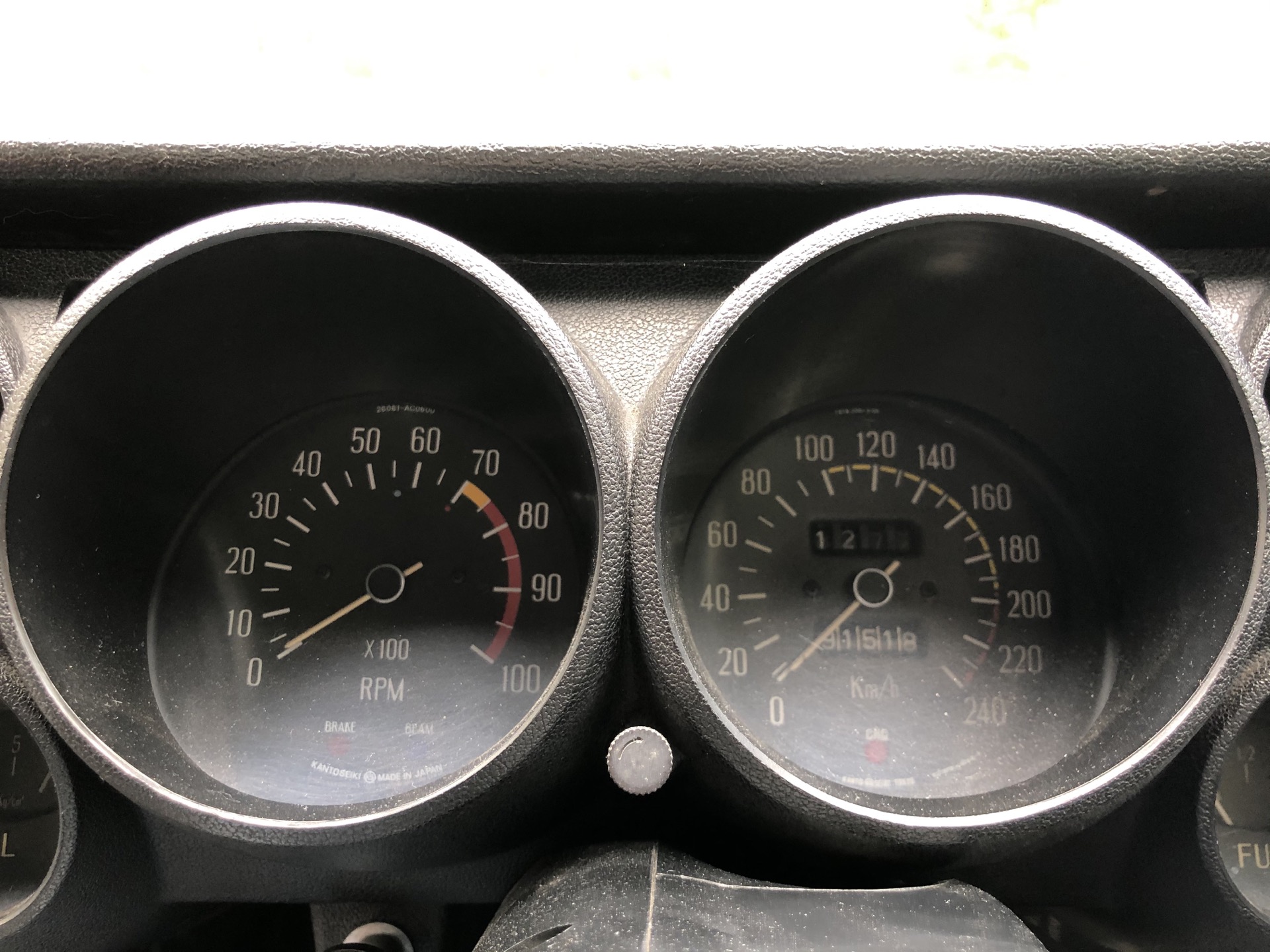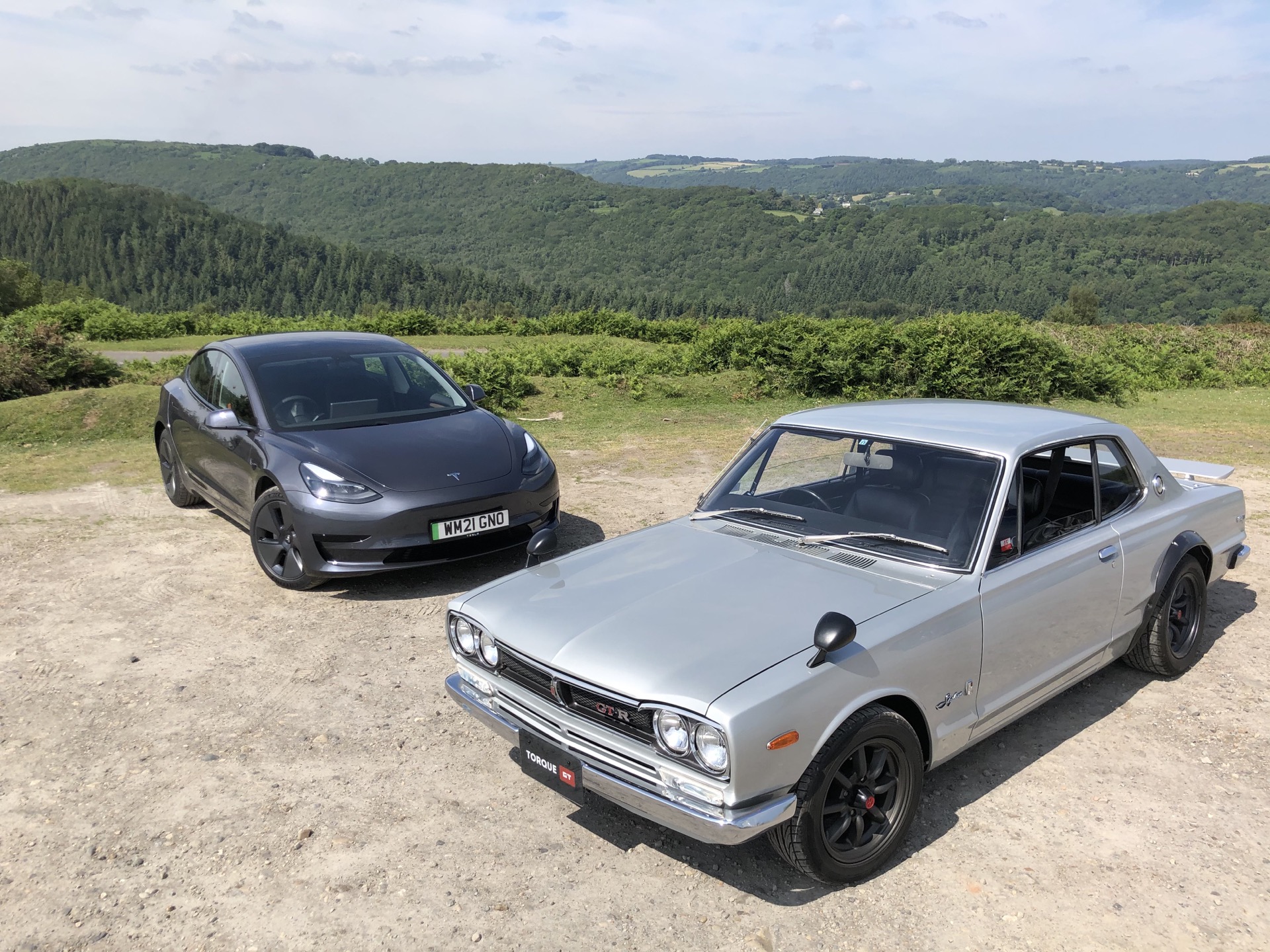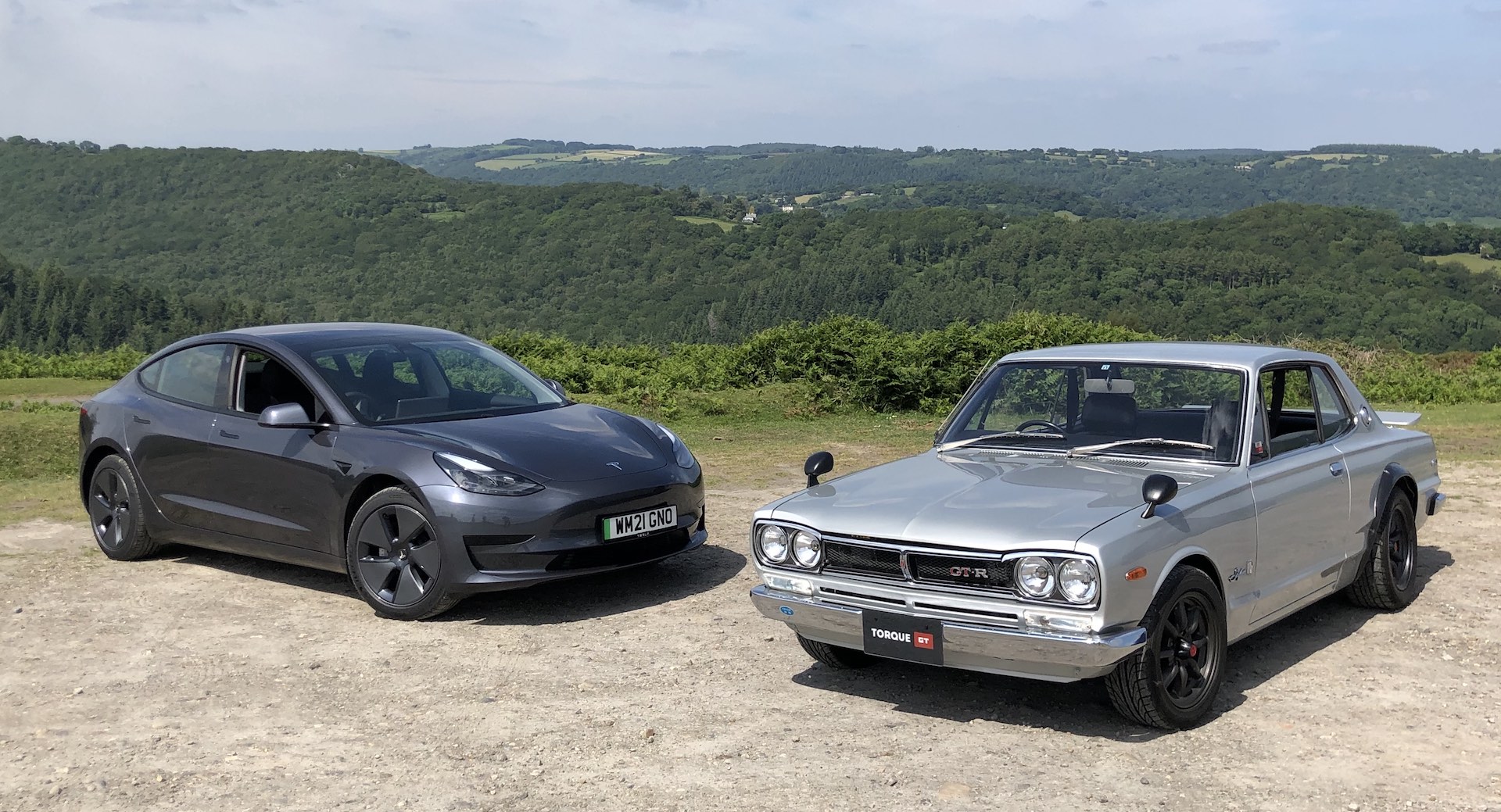A Tesla Model 3, even a standard entry-level, Model 3, is so fast, it can humble some proper performance machinery. And because there’s nothing about the exterior that screams performance you can have some real fun catching out other drivers and leaving them chocking on your virtual fumes.
But for all their good points, I’ve always been left with the nagging suspicion that EVs, even fast ones, are a bit soulless, because there’s so much more to an exciting car than purely being pinned to your seat when you floor the right pedal. What’s perfect for everyday cruising isn’t necessarily going to get you excited on a Sunday blast.
I got a chance to test that theory to the extreme recently when I was asked to help out with a short video for Japanese import specialist Torque GT in the UK.
The TGT guys had just taken delivery of a couple of Model 3s as company cars for exactly the same reasons you or I might buy one: they’re fast, affordable and fun, and in Britain there are some huge tax advantages to running one for your business. Around the same time they were getting ready to send an original 1971 KPGC10 ‘Hakosuka’ GT-R off to its new owner in Australia. Would I like a go? I would, and I did.
Related: Original Four-Door Nissan Skyline GT-R ‘Hakosuka’ Is Really Where It All Started
Though I’m not quite ready to switch my own daily driver to an EV, I’m a big fan of the Model 3 and always happy to put in more seat time. But more importantly, while I’d driven stacks of GT-Rs from the 1989 R32 to a modern R35 Nismo, I’d never driven a really early car. And as has been pointed out to me since via YouTube comments, I didn’t know how to pronounce its name, either. Apparently the ‘u’ is silent, meaning it sounds like ‘Hakosska’.
The true OG GT-R was a sedan, but the coupe variant looks much cooler to most eyes. It’s tiny in the metal, both short and narrow, but it packs some real street presence with that steely-eyed stare and rear arch extensions.
Black Vinyl Paradise
Inside, well, it might as well be 500 years older than the Tesla, not 50. There’s no digital media system in here, only acres of black vinyl, a simple push-button radio and a bank of proper gauges. And the slim pillars means only one of those crazy screen-less supercars like the McLaren Elva has better visibility.
Though the seats look great, they’re short on side support, but the basic driving position is sound, the leather-wrapped steering wheel is the right size of chunky, and the five-speed manual transmission is surprisingly finger-tip light.
A Very Different Kind Of GT-R
That transmission sends power to the rear wheels only, just one of the key characteristics that separate the first two generations of GT-R built up until the badge was mothballed in 1974 from the all-new four-wheel drive R32 GT-R that appeared in 1989, and with which most of us are far more familiar.
The other important difference is directly under the hood. Yes, there’s a DOHC straight-six, but it’s a 2.0-liter S20 six, not the legendary 2.6-litre RB26. There’s not a turbo in sight, and instead of fuel injection the Hakosuka runs a trio of side-draught Weber 45 carbs that sound every bit as good as they look when they’re slurping in air.
One hundred and sixty horses might not sounds like much these days, but it was a very healthy output for a 2.0-liter road car in the early 1970s, especially one weighing just 2425 lbs (1100 kg).
Less Speed, More Sound
I haven’t seen any period performance figures, but zero to 60 mph (96 km/h) in around 7.5 seconds sounds about right, and would make the old-time GT-R over 2 seconds slower than this entry-level Tesla, and a massive 4 seconds slower than the Model 3 Performance. For the racetrack, where the GT-R cleaned up, much like the R32 did two decades later, the engine was allegedly tuned to produce around 240 hp.
This GT-R was in need of a tune the day we filmed so it wasn’t making its original power, though even fully fettled it wouldn’t see which way the grippier, more powerful Tesla went in a full-on touge battle. Purely judged in terms of handling and performance, it would also place second to an R32-R34 GT-R by a long way. But it sounds so glorious, and feels so mechanical and involving you’d have plenty of fun doing your best to keep up.
Two-Car Garage Goals
As I concluded in the video, the point wasn’t to bash the Tesla. It’s a great car and makes an excellent daily driver, as the TGT guys have discovered. The honest truth is, even if I could drive the old GT-R every day I wouldn’t, and not because I’d be worried about its value. Rather the rawness that makes it feels special would become a PITA faced with a three-hour motorway drive to the airport at 4 am.
But if, or more likely when, I do make the switch to an EV, I think I’ll have to pair it with something a little unrefined and less digital, something as characterful as the Hakosuka (though hopefully more affordable), to blow out the cobwebs out at the weekend and remind me I’m alive. New cars like the Model 3 are better in almost every way the cars from the past. But listen to the Hakosuka’s carbs gurgle under load and you’re reminded that ICE cars still have a trick or two up their sleeves.




